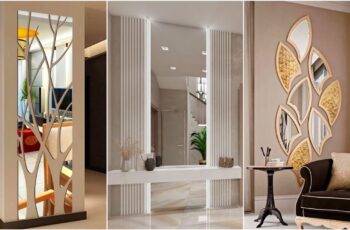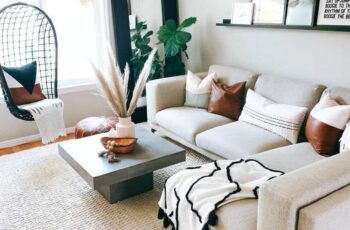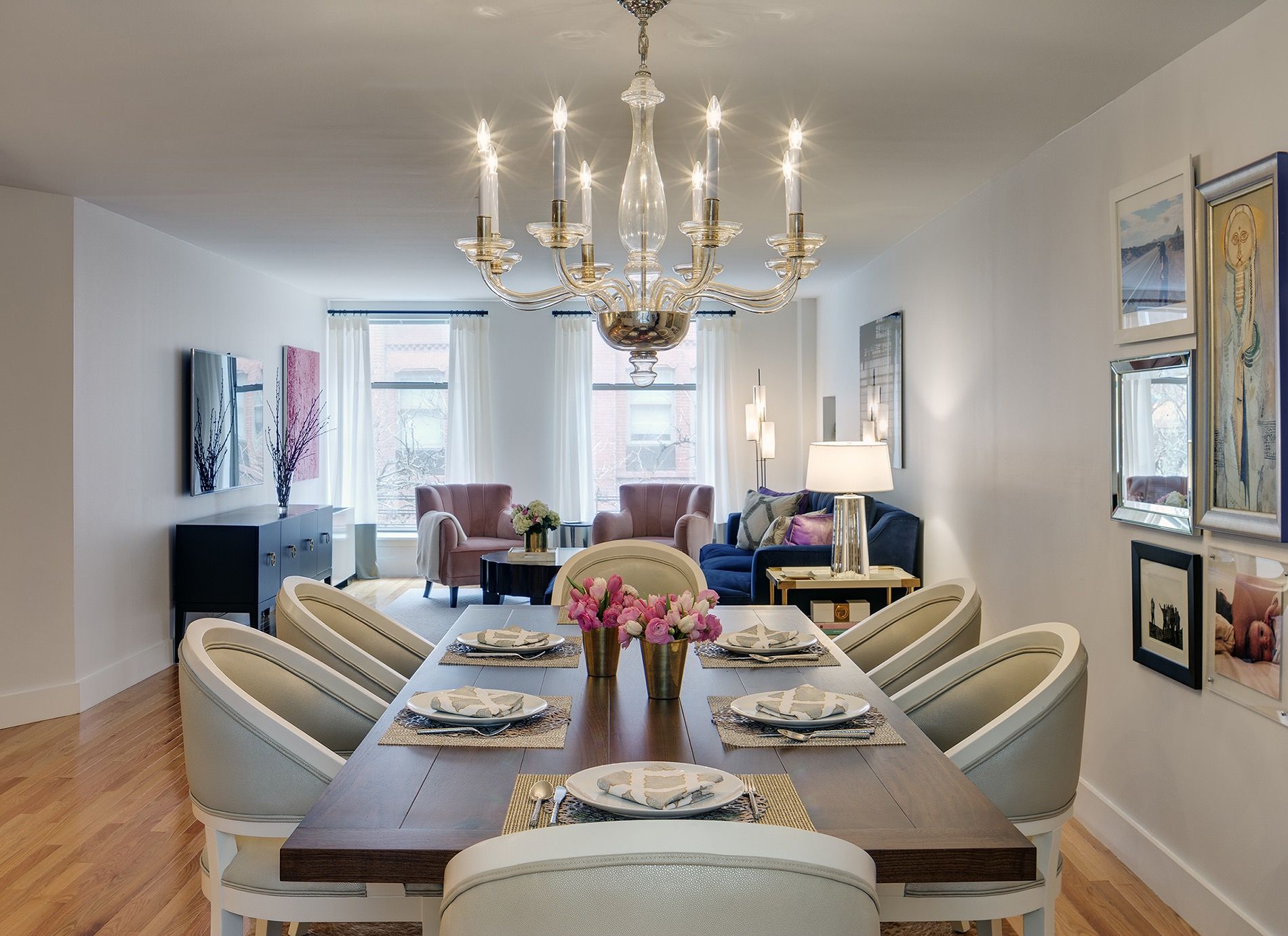
Seamless Style: Mastering the Art of Living Room Dining Room Decorating Ideas
The modern home often embraces the open-concept design, where the living room and dining room flow into one another, creating a large, versatile space. While this layout promotes social interaction, maximizes natural light, and offers a contemporary aesthetic, it also presents a unique decorating challenge: how to create distinct, functional zones that feel cohesive and harmonious, rather than a jumbled collection of furniture.
Achieving this delicate balance requires thoughtful planning, strategic furniture placement, and a keen eye for unifying elements. This article delves into a comprehensive guide to decorating a combined living room and dining room, offering ideas to transform potential challenges into triumphs of design, resulting in a space that is both beautiful and highly functional.
1. Understanding Your Space and Lifestyle: The Foundation
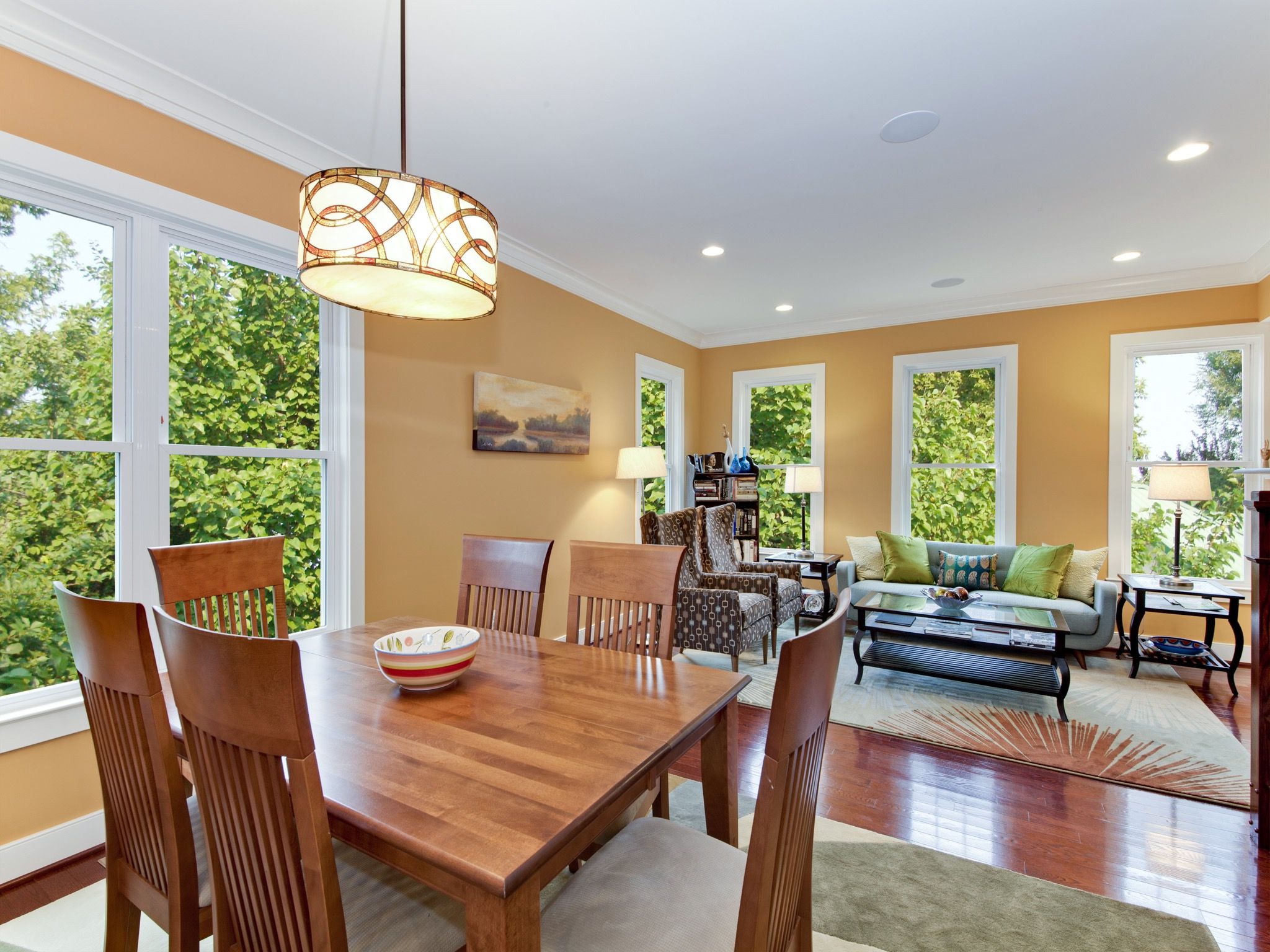
Before diving into aesthetics, it’s crucial to understand the practicalities.
- Analyze the Footprint: Walk through the space. Where are the natural pathways? What are the entry and exit points? Avoid blocking these.
- Consider Natural Light: Which areas receive the most light? Can you enhance this with mirrors or lighter furnishings?
- Define Your Needs: How often do you entertain? Is the dining area used daily or only for special occasions? Do you need a dedicated workspace within the living area? Your lifestyle dictates the priority and scale of each zone.
- Assess Existing Features: Built-in shelving, fireplaces, or large windows can serve as focal points or natural dividers.

2. Defining Zones with Finesse
The key to a successful combined space is clear, yet subtle, demarcation of areas. This prevents the room from feeling like one large, undifferentiated expanse.
- Area Rugs as Anchors: This is perhaps the most effective and visually appealing way to define zones. Place a large rug under the entire living room seating arrangement, ensuring all front legs of furniture are on it. Similarly, a rug should extend at least 24 inches beyond all sides of your dining table, allowing chairs to remain on the rug even when pulled out. Varying the texture or pattern of rugs can help differentiate zones while maintaining a complementary color palette for cohesion.
- Strategic Furniture Placement: The back of a sofa can act as a natural divider between the living and dining areas. A long console table placed behind the sofa can further enhance this separation, offering a surface for lamps, books, or decorative items. A strategically placed bookcase, open shelving unit, or even a low credenza can also serve as a subtle room divider without completely blocking sightlines.
- Lighting: Use lighting to highlight different zones. A striking pendant light or chandelier centered over the dining table immediately designates that area. In the living room, a combination of floor lamps, table lamps, and recessed lighting can create a warm, inviting glow specific to that zone.
- Half Walls or Screens: For a more permanent division without fully enclosing the space, consider a low half-wall, a slatted wood screen, or even a large, decorative folding screen. These allow light and conversation to flow while providing a clear visual boundary.

3. Harmonizing the Aesthetic: Cohesion is Key
While defining zones is important, maintaining a unified aesthetic prevents the space from feeling disjointed.
- Cohesive Color Palette: Choose a dominant color palette of 2-3 main colors and 1-2 accent colors that flow throughout both areas. You can use varying shades or tints of these colors to add depth and interest without clashing. For example, if your living room has a navy sofa, incorporate navy accents (napkins, a vase) in the dining area.
- Shared Materials and Finishes: Repeat certain materials or finishes in both zones. If your living room coffee table has a brass base, incorporate brass elements in your dining room chandelier or cabinet hardware. Similarly, shared wood tones for furniture legs or table tops can create a sense of continuity.
- Consistent Design Style: Whether your style is minimalist, bohemian, traditional, or mid-century modern, ensure a consistent design language. This doesn’t mean everything has to match perfectly, but pieces should complement each other stylistically. An eclectic approach can work, but it requires careful curation to avoid chaos.
- Art and Decor: Use art and decorative objects to bridge the gap. A gallery wall that extends slightly into both areas, or a series of framed prints with similar themes or framing styles, can visually connect the zones. Plants, mirrors, and decorative accessories can also be strategically placed to create visual flow.


4. Smart Furniture Choices: Maximizing Function and Flow
Every piece of furniture in a combined space needs to earn its place.

- Multi-Functional Pieces: Opt for furniture that serves more than one purpose. An ottoman with hidden storage, a coffee table that lifts to become a workspace, or an extendable dining table are excellent choices for maximizing utility in a smaller footprint.
- Appropriate Scale: Avoid oversized furniture that can overwhelm the space. Choose pieces that are proportionate to the room’s dimensions and leave ample room for pathways. Furniture with exposed legs can make a room feel airier than bulky, skirted pieces.
- Flexible Seating: Consider dining chairs that are comfortable enough to be pulled into the living room for extra seating during gatherings. Bench seating on one side of the dining table can also save space and offer a more casual vibe.
- Backless or Low-Profile Sofas: A sofa with a lower back or no back at all can be ideal for defining zones without creating a visual barrier, maintaining an open feel.
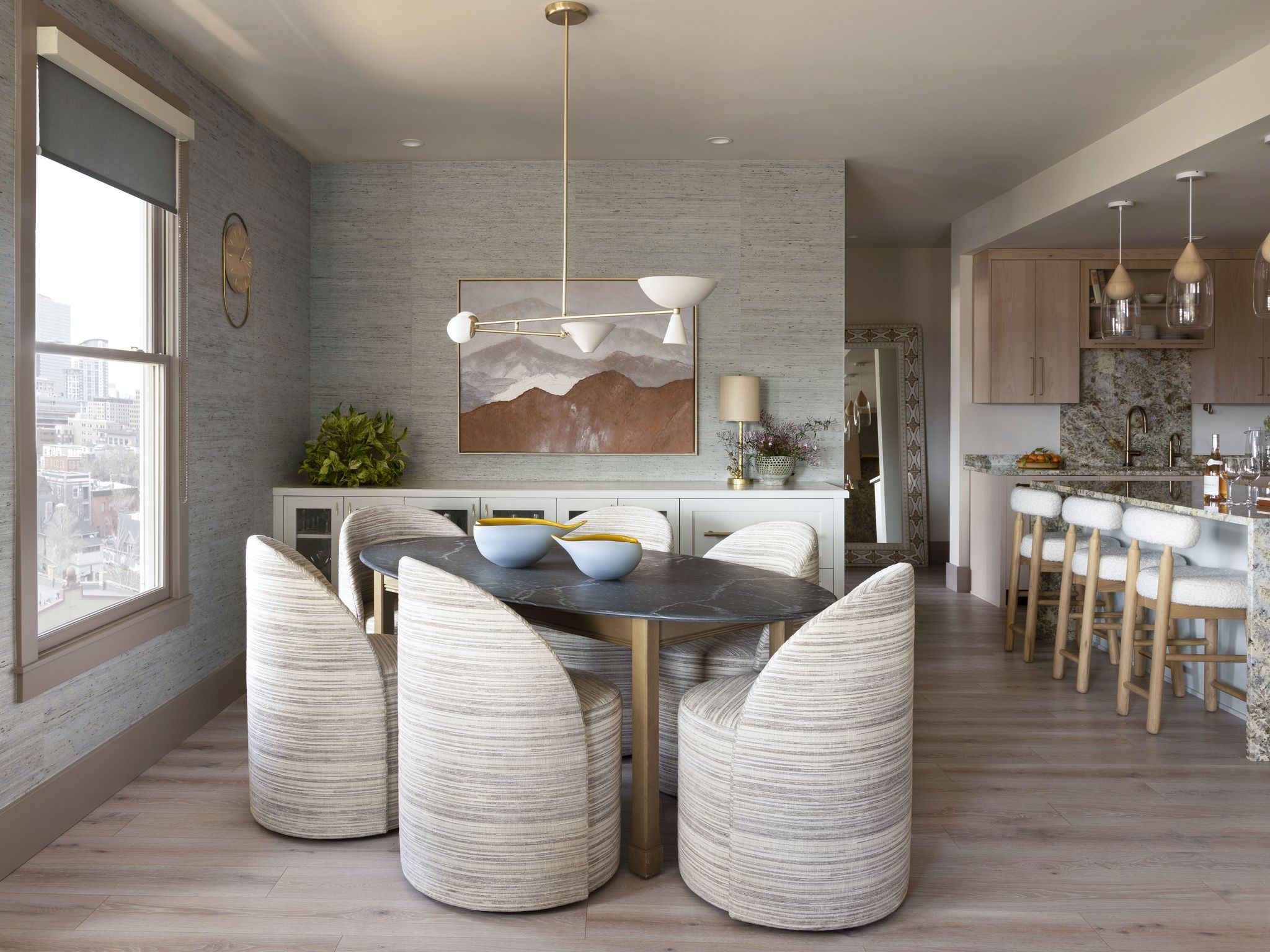
5. Lighting as a Design Tool: Layering for Ambiance
Layered lighting is crucial for creating functional and inviting atmospheres in both zones.
- Ambient Lighting: This provides overall illumination. Recessed lighting, track lighting, or a central flush-mount fixture can serve this purpose.
- Task Lighting: This is focused light for specific activities. A pendant light over the dining table is essential for meals. In the living room, reading lamps (floor or table lamps) are vital for comfortable reading or working.
- Accent Lighting: This highlights specific features or creates mood. Wall sconces, picture lights, or dimmable lamps can add warmth and visual interest.
- Dimmers are Your Friend: Install dimmers on all light fixtures to allow for flexible light levels, transforming the mood from bright and functional for daily use to soft and intimate for entertaining.
6. Storage Solutions That Shine: Clutter-Free Living
Clutter can quickly make a combined space feel chaotic and cramped. Integrated storage is paramount.
- Built-in Cabinetry: If possible, custom built-ins can offer seamless storage for media, books, or dining ware, blending into the architecture of the room.
- Credenzas and Sideboards: A stylish credenza in the dining area can store dishes and linens, while also serving as a buffet during entertaining. In the living room, a media console with ample closed storage can hide electronics and wires.
- Vertical Storage: Utilize wall space with tall bookshelves or wall-mounted cabinets to free up floor space.
- Hidden Storage: Ottomans with lift-up tops, coffee tables with drawers, or benches with under-seat storage are excellent for stashing away blankets, games, or other items.
7. Personal Touches and Accessorizing: The Soul of the Space
Once the larger elements are in place, it’s time to infuse personality and create a welcoming atmosphere.
- Art and Photography: Curate a collection of art that speaks to you. Mix and match sizes, but consider a consistent theme or color palette to tie pieces together across both zones.
- Plants and Greenery: Incorporate plants of various sizes. They bring life, texture, and a sense of freshness to any space, helping to soften hard lines and improve air quality.
- Textiles: Use throws, pillows, and curtains to add warmth, color, and texture. Repeating certain fabric patterns or colors in both areas can enhance cohesion.
- Mirrors: Strategically placed mirrors can amplify natural light and make the space feel larger and more open.
- Curated Collections: Display meaningful objects, travel souvenirs, or books. These personal touches make a house feel like a home.
8. Addressing Practicalities: Beyond Aesthetics
- Sound Absorption: Open spaces can be prone to echoing. Incorporate elements that absorb sound, such as large area rugs, heavy curtains, upholstered furniture, and wall hangings.
- Durability and Maintenance: Choose materials and fabrics that are durable and easy to clean, especially in high-traffic areas or around the dining table where spills are likely. Performance fabrics for upholstery are a wise investment.
- Traffic Flow: Always ensure there are clear, unobstructed pathways between the living and dining areas, and to other rooms. Aim for at least 30-36 inches of clear space for comfortable movement.
9. Creating Flow and Movement
The goal is to have the eye move smoothly from one zone to the next, rather than stopping abruptly.
- Visual Lines: Align furniture pieces where possible. For example, the edge of a dining table could align with the back of a sofa.
- Repetition: Repeat colors, textures, or shapes throughout both areas to create a visual rhythm.
- Negative Space: Don’t overcrowd the room. Allow for plenty of "white space" around furniture to let the design breathe and prevent a cluttered feel.
Conclusion
Decorating a combined living room and dining room is an exciting opportunity to create a dynamic, multi-functional space that adapts to the demands of modern life. By thoughtfully defining zones, maintaining a cohesive aesthetic, making smart furniture choices, and layering lighting and personal touches, you can transform an open layout into a beautifully integrated area that is both stylish and incredibly livable. Embrace the challenge, and you’ll unlock the full potential of your home, crafting a space where everyday living and entertaining blend seamlessly.

Seamless Style: Mastering the Art of Living Room Dining Room Decorating Ideas pictures collections gallery
Seamless Style: Mastering the Art of Living Room Dining Room Decorating Ideas is a nice pictures and stock photo for your computer desktop or your smartphone device (ipad, tablet, blackberry, iphone, and other device) and also for your personal use. Free available for desktop wallpaper or additional image collections for your all needs. And was uploaded by admit at date August 3, 2025. You can download it in your computer by clicking download button to save image... have nice day and have fun guys..
This 1 image in featured post from 0 Photos/images Gallery and awesome picture selections about Seamless Style: Mastering the Art of Living Room Dining Room Decorating Ideas is available to download. "Download & Save" images/pictures/wallpapers now and this Is one of the post that listed in packed to Category is Living Room Design Ideas directory, with image dimension/resolution size is 1900 × 1381 px and size image/picture file is 338 KB with original link post ID is : https://powae.pw/seamless-style-mastering-the-art-of-living-room-dining-room-decorating-ideas/. Get download/save images in post and gallery, "download" images or "preview" it on a bigger image for spesification sample in Large size (full attachment size) here : [Download & View to Large size]. Just Simple way, in thumbnail or in Gallery. *Click images to view Large Size.We collect this wonderful image from online and choose one of the best for you. Pictures collection that posted here was carefully chosen and published by author after choosing the ones which are best among the others. So, ultimately we make it and here these list of best image for your inspiration and informational reason regarding the Seamless Style: Mastering the Art of Living Room Dining Room Decorating Ideas as part of blogsite exclusive updates collection. So, take your time and find the best informations and pictures posted here that suitable with your needs and use it for your own collection and personal use. About Image information: Image has been submitted and You are able to give your opinion as evaluations to our web site value.
Don't forget to comment if you interest with this images, you can share this post to social media like as facebook, twitter, google+, pinterest, stumbleupon, and more. just click social media buttons for share this post Seamless Style: Mastering the Art of Living Room Dining Room Decorating Ideas Now. :)
Thanks for your visit, I hope you happy come to opo wae, wis opo wae, and get what you're looking for. And hope sometimes you will come back again here. All you need to do is help us develop by discussing this Seamless Style: Mastering the Art of Living Room Dining Room Decorating Ideas if you like it "leave your comment". have fun, Thank you.



